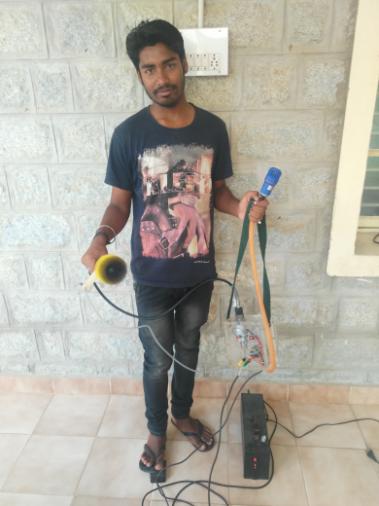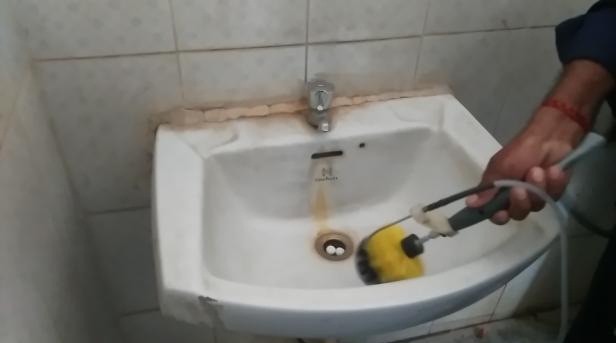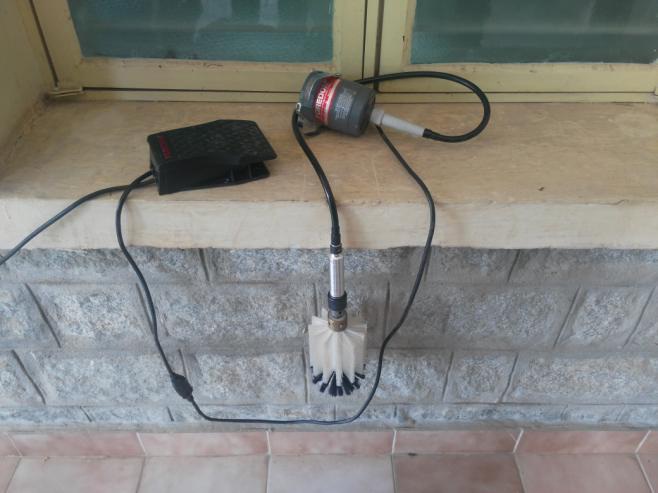





Published on Nov 30, 2023
Sanitation is the mainstay for the sustainability of modern civilisations. Over the years as the civilisations progressed the need for sanitation was realised. Human habitats necessitate the need for toilets. Toilets, commodes and wash basins are the most basic sanitary ware. Be it big shopping malls or small market places, schools or universities, places of worship and courts, jails, offices, railway stations, bus stations, highways – infact, every place needs a toilet. Having assumed very special important position in humans’ life, toilets need to be maintained dialy, if not very frequently. Cleaning Toilet is a considered a menial/low esteem job. It is becoming very hard to find service provider or individuals to do this job and nobody wants to do it. However it is very important to keep the toilets neat and clean. Dirty toilets and wash basins are breeding places for harmful germs and bacteria. The stench emanating from toilets is unpleasant and unwelcome and they also smell and look bad making people uncomfortable.
A very large portion of Indian population both rural and urban (mostly slum dwellers) don’t have access to clean toilets hence they are forced to defecate in open which is being curbed by encouraging people to have their own personal toilets.
Cleanliness and maintenance of toilets should be checked daily to ensure its upkeep is being sustained. Schools may even want to include the students in the checking process so they can start to get an idea of what to look for themselves – make it a learning experience as well. Using cleaning products specifically designed for a particular job is extremely beneficial. For example: toilet bowl cleaner for the toilet bowl, toilet seat cleaner for the toilet seat, etc. Using a toxic cleaning product on the actual toilet seat could cause irritation and/or burns- not good! Make sure the toilets seats are cleaned regularly. Children constantly use the bathroom throughout the day and can get dirty fairly quickly. Once a week may not be good enough. If there is an emergency, the toilet should be cleaned immediately to prevent further spread of germs and potential infections. Don’t wait another day, or even another hour to clean it up
Even when you have a proper cleaning regimen in place, deposits from previous users can still appear on the toilet seats causing a potential health hazard. Because of this, schools should put toilet seat covers in every bathroom so students can use them if necessary. Toilet seat covers are made paper thin so they can be easily flushed, yet durable so they can effectively protect the user from the germs on the toilet seat. With toilet seat covers, you don’t have to think about the person that sat before you. It’s easy, safe, and will benefit not only the students, but also the school as a whole. These covers, by no means, undermine the necessity of regular cleaning, and schools should still maintain their typical cleaning schedule. These covers will simply be an additional measure to fighting germs and to keeping students safe.
The manpower available for providing janitorial services is very scarce. Even though the Job of cleaning toilets is least preferred profession by humans and also the most hated but it is most necessary. Nobody likes to clean human excreta be it in public places or households. Over the years the governments have realised the problem of open defecation in the rural parts of India and initiated several programmes to promote the use of household and public toilet spaces. With the increase in number of toilets their cleanliness and maintenance is also an issue because nobody wants to use dirty and unhygienic toilets. Therefore a mechanised or semi automatic washroom utility is the need of the hour for a country like ours. Such mechanised toilet utilities enable fast and efficient cleaning of toilets and washbasins and also make it easy, hygienic and safe for the janitors to do their job.
The scope of the present work is:
Fabrication and testing of semi automatic commode cleaner having flexible shaft.
To evaluate the performance of the fabricated model
To train the janitorial service providers of our college for acquainting them with the developed model and teach them how to use it.
To take the opinion and suggestions for further improvement
Two models of commode cleaning device having flexible shaft have been fabricated. One of the models utilises D.C. power with charging facility. It can also have A.C. inputs and solar power back up. The second model utilises power directly from A.C. mains.



The two developed models have been made to clean the wash basins, gents urinal pots, Indian and western commodes in toilets of our Institute and hostel.
The manpower available for providing janitorial services is very scarce. Even though the Job of cleaning toilets is least preferred profession by humans and also the most hated but it is most necessary. Nobody likes to clean human excreta be it in public places or households. Over the years the governments have realised the problem of open defecation in the rural parts of India and initiated several programmes to promote the use of household and public toilet spaces. With the increase in number of toilets their cleanliness and maintenance is also an issue because nobody wants to use dirty and unhygienic toilets. Therefore a mechanised or semi automatic washroom utility is the need of the hour for a country like ours. Such mechanised toilet utilities enable fast and efficient cleaning of toilets and washbasins and also make it easy, hygienic and safe for the janitors to do their job.
[1] Ms. Vaishnavi Bharat Chougule et al, “Design and fabrication of Semiautomatic Commode Cleaner ”, ijret 11th and 12th march.
[2] Mangesh Gavhale et al, “Design and development of solar seed dryer”, ijiset volume 2 issues 4, april 2015.
[3] Ashish D. Chaudhari, “Semiautomatic Commode Cleaner”, international journal of research in advent technology, volume 2 february 2014.
[4] Anupam Tiwari, “A review on Semiautomatic Commode Cleaner ”, journal of food